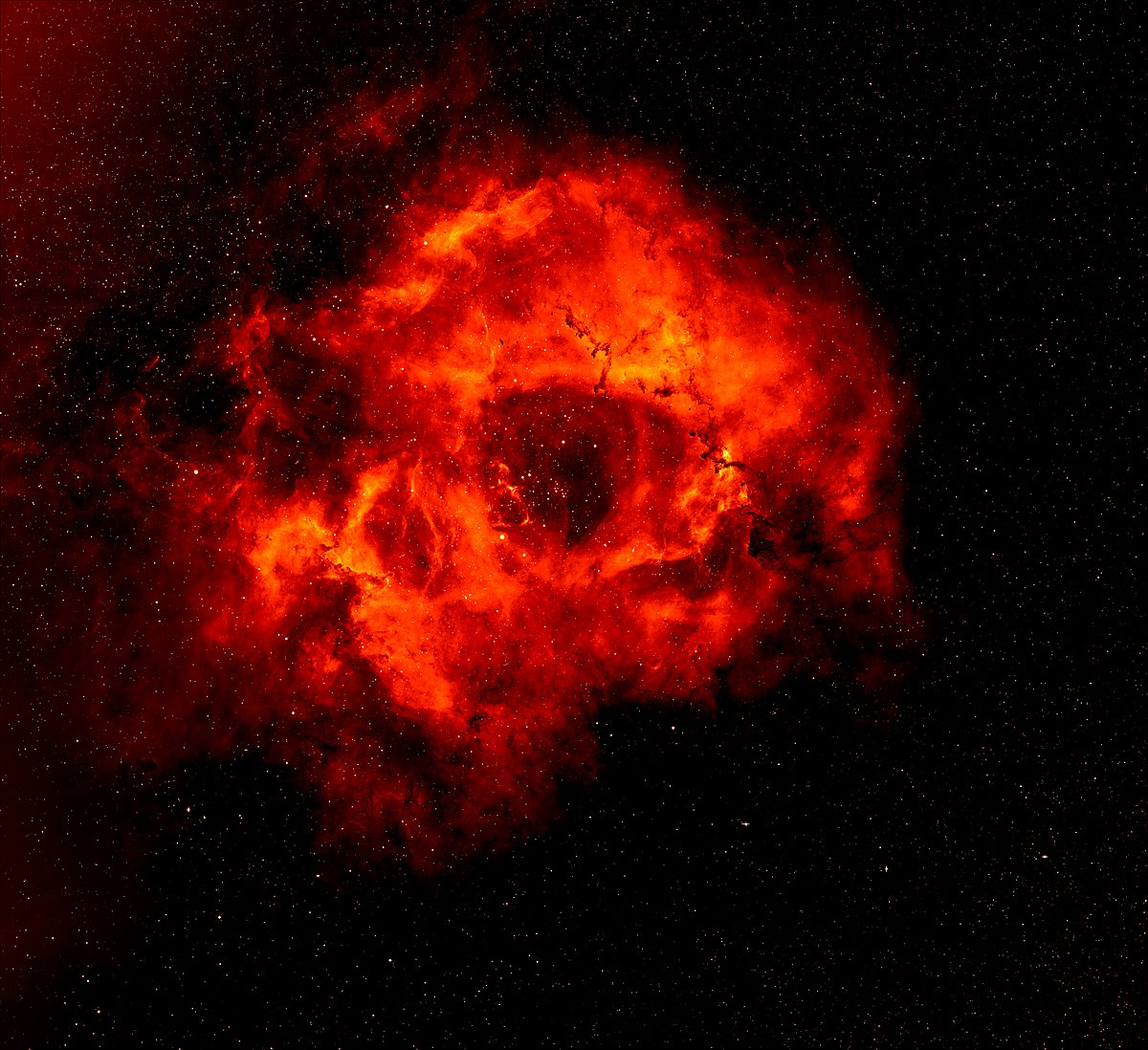I recently took up Bazzite from mint and I love it! After using it for a few days I found out it was an immutable distro, after looking into what that is I thought it was a great idea. I love the idea of getting a fresh image for every update, I think for businesses/ less tech savvy people it adds another layer of protection from self harm because you can’t mess with the root without extra steps.
For anyone who isn’t familiar with immutable distros I attached a picture of mutable vs immutable, I don’t want to describe it because I am still learning.
My question is: what does the community think of it?
Do the downsides outweigh the benefits or vice versa?
Could this help Linux reach more mainstream audiences?
Any other input would be appreciated!
Immutable, doesn’t mean extreme secure. It’s a false sense of security.
It could be more secure.
But during a runtime, it is possible to overwrite operational memory, mask some syscalls, etc.That’s my 3 cents.
I didn’t know that inflation can affect idiomatic expressions.
it doesn’t allow changes to stuff that needs root access to change. If you have root access you can do anything, including switching images. It is not more secure. It’s not less either
Fully agreed. On almost any atomic distro, /home/user is writeable like usual, so any attacker is able to persist itself by editing
~/.bashrcand putting a binary somewhere.
It’s definitely great for the mainstream. Think of Linus Sebastian who has somehow broken every OS except for SteamOS.
It’s not great for me who uses Arch Linux btw with the expectation that if the system doesn’t break on its own, then I will break it myself.
And anybody who thinks that Linus doesn’t look for those ways to break Linux is deluding themselves. He’s a fucking asshole.
He can be an asshole, but I believe finding bugs is part of his job.
Would you rather have him find them and complain to a community who might know what they could be, or someone else who will just complain and buy a MacBook instead?
Immutable distros are great for applications where you want uniformity for users and protections against users who are a little too curious for their own good.
SteamOS is a perfect use case. You don’t want users easily running scripts on their Steam Decks to install god knows what and potentially wreck their systems, then come to Valve looking for a fix.
Immutable distros solve that issue. Patches and updates for the OS roll out onto effectively identical systems, and if something does break, the update will fail instead of the system. So users will still have a fully functional Steam Deck.
If you’re not very technical, or you aren’t a power user and packaged apps like Flatpaks are available for all your software, then go for it. I prefer to tinker under the hood with my computers, but I also understand and except the risk that creates.
Immutable distros are a valuable part of a larger, vibrant Linux ecosystem IMO.
Immutable are the ultimate tinkerer’s distros. It’s just a different way of tinkering. True tinkering in immutable means creating your own image from the base image and that allows you to add or remove packages, change configs, services, etc.
Example: you create your own image. You decide you want to try something, but you’re being cautious. So you create a new image based on your first with your changes. You try it out and you don’t like it or it doesn’t work for some reason, you can just revert back to you other image.
Another thing worth mentioning, with these distros, you can switch between images at will. I’m new to Linux as my daily driver desktop OS, and I’ve rebased three times. It’s really cool to be able to do that.
NixOS is kinda the best of both worlds, because it does everything in a way that is compatible with an immutable fs, but it doesn’t force you into abiding by immutability yourself.
You can always opt into immutability by using Impermanence, but I’ve never seen any reason to.
Edit: That said, the syntax has a steep learning curve and there are tons of annoying edge cases that spawn out of the measures it takes to properly isolate things. It can be a lot to micromanage, so if you’d rather just use your system more than tinker with it, it may not be a good fit.
Secure != stable Immutable distros aren’t always more secure but rather more stable and hard to break Also btw nixos can apply updates without rebooting
deleted by creator
Do you have any examples of the kind of “tinkering” you couldn’t do with an immutable distro? I haven’t run into any restrictions after more than a year.
deleted by creator
… why would you want to install packages with
sudo? The proper way is to install them (as a user, not root) usingrpm-ostree, which will layer the packages on top of the image, automatically installing them for every future system as well.You haven’t actually looked into immutable distributions, have you?
deleted by creator
I keep hearing this, but people never elaborate on those “other reasons”. Did I miss where you mentioned them?
You mentioned storage, but AFAIK atomic Fedora doesn’t use more space (unless you keep multiple versions for rolling back).
deleted by creator
Of course it’s ok! You do whatever you want. Though I’d like to clear up a couple of misconceptions:
I don’t want to deal with images. I don’t want to have to be cleaning the system from those images to reclaim my storage.
You don’t have to, happens automatically.
I dislike flatpaks, snaps and appimage on which immutable distros rely.
Fair, though you don’t have to use them at all - you could run everything in a distrobox.
The lack of customization as you can’t modify system files or install traditional packages outside the immutable framework, which limits personal tweaks.
This really depends on what system files you mean. Anything in
/etc/? Fully writable. Everything is configurable either in your home directory or in/etc/, so I haven’t run into any issues with not being able to modify something - and if you do run into that, you always have distrobox.Apps availability, not all apps on the planet exist in flatpaks.
Don’t need to, you have distrobox for that.
The learning curve.
That’s fair. It’s been very small for me, and the issues have helped me become a better Linux developer, but it does bring its own problems in some cases.
Having to change the way I interact with my computer completely, I’m too fucking lazy for that and way too cozy where I am.
That’s the thing, I hear this a lot, and I just don’t know what the big changes are. I installed Kinoite, set up a distrobox, and have been smooth sailing since - all my previous installations have had far more issues, and I just haven’t really changed much (besides switching from Ubuntu to Fedora, but I’m happy about that, fuck Canonical).
Then you have NixOS, which is declarative, and fairly immutable.
You don’t have to reboot to make changes, but you can’t just run unlinked binaries either.
You can’t do things like edit your hosts table or modify the FS for cron jobs. The application store is unwritable, but you can sync new apps into it .
You have to make changes to the config file and run a rebuild as root.
just for clarity: you can modify stuff like hosts or cron jobs but it’d get overwritten iirc? you can also make the change in the config and have it persist (reproducibility being the main point, not disallowing you to edit your files)
No, that file is located in the nix store and linked back, If you become root and try to edit /etc/hosts It will complain that you cannot edit the linked file.
If you go and try to edit the store directly you will meet the same kind of dead ends because /nix/store is a ro bind mount
With enough root access, time and persistence you could eventually unwrap its flavor of immutability which is why I said mostly immutable. Compared to most operating systems where you can just slip a quick edit into a cron job it’s leagues ahead.
TIL
guess i just never botheres to try cos config change & rebuild wasn’t much more of a hassle :shrugs:
Yep, it is ribbed for your protection. :)
- You can still apply updates live, e.g. on Bazzite (Fedora Atomic) with the
--apply-livetag (or however it’s spelled). - The root partition isn’t read only per se, but you have to change the upstream image itself instead of the one booted right now. You can use the uBlue-Builder for example to make your own custom Bazzite spin just for you if you want.
- Both aren’t inherently secure or insecure. It’s harder to brick your system, yeah, for sure, but you can still fuck up some partitions or get malware. It’s just better because everything is transparently identifiable (ostree works like git), saved (fallback images), containerised and reproducible.
- And you can still install system software, e.g. by layering it via rpm-ostree. Or use rootful containers in Distrobox and keep using apt or Pacman in there.
I run bazzitr and distrobox is amazing. No need to worry about distro when some devs only provides deb only.
- You can still apply updates live, e.g. on Bazzite (Fedora Atomic) with the
Since the idea is that the “root partition” is immutable, serious question:
How do you fix a hardware config issue or a distro packaging / provision issue in an immutable distro?
Several times in my Linux history I’ve found that, for example, I need to remove package-provided files from the ALSA files in
/usr/share/alsain order for the setup to work with my particular chipset (which has a hardware bug). Other times, I’ve found that even if I set up a custom.XComposefile in my $HOME, some applications insist on reading the Compose files in/usr/share/X11/localeinstead, which means I need to be able to edit or remove those files. In order to add custom themes, I need to be able to add them to/usr/share/{icons,themes}, since replicating those themes for each $HOME in the system is a notorious waste of space and not all applications seem to respect/usr/local/share. Etc.Unless I’m mistaken on how immutable systems work, I’m not sure immutable systems are really useful to someone who actually wants to or needs to power user Linux, or customize past the “branding locking” that environments like Gnome have been aiming for for like a decade.
My guess would be: have an additional overlay filesystem on top of your immutable root and apply all your fixes to it.
On the one hand sounds sensible, on the other hand I wonder if that’s possible when wanting to apply things that need to take place as early in boot as possible (eg.: modprobe options for a module, apparmor profiles, …).
Immutable ≠ atomic
Bazzite is atomic (not immutable), same with Silverblue and other Fedora variants (they’re all atomic, even on their main page it says atomic). It’s kinda misleading ngl
Isn’t that just their nomenclature for immutable?
What’s the difference between an atomic distro and an immutable one?
A distro can be both atomic and immutable, and they often go hand in hand.
Immutable simply means the core of a distro is read-only, meaning it cannot be modified by usual means. There are still ways to modify these files, but it works differently than in other distros.
Atomic distros are ones that update atomically. Atomic is used to describe an operation that cannot be cancelled in the middle of it, they either complete, or nothing changes. This means you can’t break things by cancelling an update midway through. Atomic distros also often come with the ability to rollback to the previous build of the system.
I am a big fan of breaking my system
Stock fedora is just for you my man, it breaks by itself
deleted by creator
Immutable vs Mutable weird normalMore like familiar and unfamiliar









